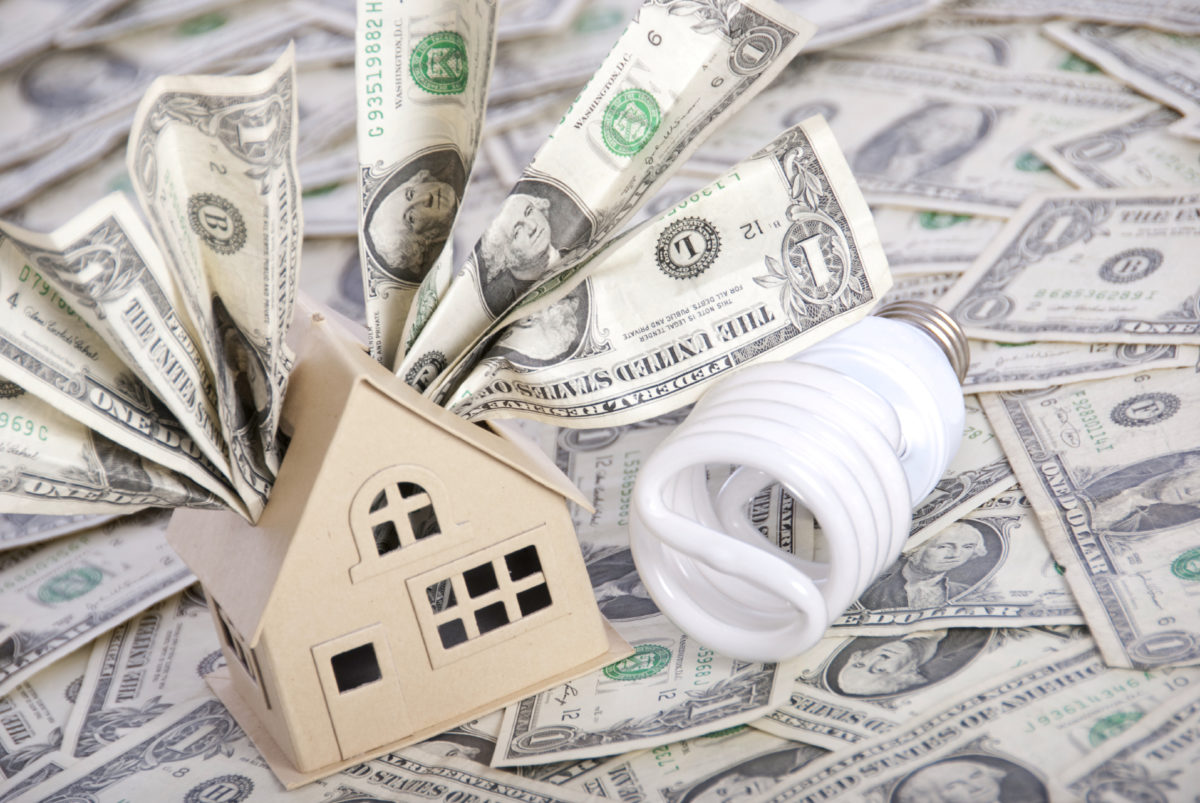
Two of the most popular buzz phrases these days are “green” and “energy efficiency.” In fact, they have become so much a part of our everyday lives that we, as a community, have become immune to them. Everyone and everything are “going green” and becoming “more energy efficient.” You see it on hybrid buses, billboards, and even in pet food stores.
Personally, I think it is commendable that we, as a society, are becoming more environmentally conscious – that we want to conserve resources for future generations (and preserve our wallets, too). However, when talking energy efficiency in your home, you need to use some common sense. There are many products and services out there that will indeed make your home more energy efficient. But you need to ask yourself: Does it make sense right now? And will my return on investment truly be seen by me?
Common (dollars and) cents with a home energy audit
A home energy audit is the first step any homeowner should take to evaluate how much energy your home consumes and what steps you can take to make your home more efficient. The home energy audit will show you problems that may, when corrected, save you significant amounts of money over time. The audit pinpoints where your house is losing energy, and what measures you can take to correct those problems.
The audit also determines the efficiency of your heating and cooling systems, and may also show you ways to conserve hot water and electricity. You can perform the audit yourself, although I recommend you invest in a professional audit for this one reason alone: When completed by a professional, you’ll receive a report showing you exactly where you can make the most cost-effective improvement to your home.
A professional home auditor uses a variety of technologies to verify the home’s energy efficiency. Auditors use blower doors and infrared cameras to determine leaks in the home’s envelope and in hard-to-detect areas where insulation is missing.

Common (dollars and) cents with home remodeling and additions
For those homeowners who are entertaining the idea of remodeling or building an addition to their homes, there are now several government tax credits available for home improvements in 2009. These tax credits come from the stimulus bill (The American Recovery and Reinvestment Act of 2009), signed into law by President Obama in February. Here is a summary:
- Must be “placed in service” from January 1, 2009, through December 31, 2010. The IRS defines “placed in service” as when the property is ready for use.
- Must be for taxpayer’s principal residence.
- The maximum total amount that can be claimed for all products placed in service in 2009 and 2010 for most home improvements is $1,500, EXCEPT for geothermal heat pumps, solar water heaters, solar panels, fuel cells, and wind turbines, which are not subject to this cap. Credits for these improvements are in effect through 2016.
- Must have a Manufacturer Certification Statement to qualify, and for record keeping, save your receipts.
- Improvements made in 2009 must be claimed on your 2009 taxes.
As an aside, if you are building a new home, you can qualify for the tax credit for geothermal heat pumps, photovoltaics, solar water heaters, small wind systems, and fuel cells, but not the tax credits for windows, doors, insulation, roofs, HVAC, or non-solar water heaters.
While making your home energy efficient is a commendable goal, it is important to realize the return on investment of each improvement you consider. When you take the results of your professional home energy audit and the available tax credits into account, you’ll be able to make excellent decisions that will Increase the comfort of your home and decrease the amount of money (and energy) going out the door.
NOTE: This article first appears in R&A Magazine, Spring 2009 issue. Download a PDF of this article.


 When Dawn and Ken Zipko looked at their 80 year-old ranch house, they viewed it from two perspectives. First, their house held 22 years of memories and was located in a neighborhood they loved. But secondly, their home no longer fit their needs. The laundry facility was in the basement, and their one daughter’s bedroom was crammed between two other bedrooms and didn’t have a window. The home was also in need of repair. “The door seals were rotten because of water damage,” said Ken. “The house was livable, but it was also run-down.”
When Dawn and Ken Zipko looked at their 80 year-old ranch house, they viewed it from two perspectives. First, their house held 22 years of memories and was located in a neighborhood they loved. But secondly, their home no longer fit their needs. The laundry facility was in the basement, and their one daughter’s bedroom was crammed between two other bedrooms and didn’t have a window. The home was also in need of repair. “The door seals were rotten because of water damage,” said Ken. “The house was livable, but it was also run-down.” Dawn is ecstatic about not lugging laundry up and down basement steps anymore, and she couldn’t wait to get her rocking chair out on her new front porch to sit in the sun and chat with the neighbors as they strolled by.
Dawn is ecstatic about not lugging laundry up and down basement steps anymore, and she couldn’t wait to get her rocking chair out on her new front porch to sit in the sun and chat with the neighbors as they strolled by.